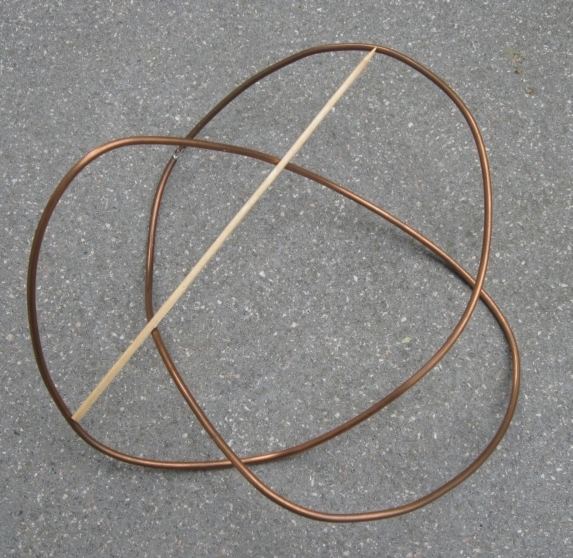 | ||
Erika Pannwitz (May 26, 1904 in Hohenlychen, Germany – November 25, 1975 in Berlin) was a German mathematician who worked in the area of geometric topology.
Contents
Life and work
Erika Pannwitz attended the Pannwitz Outdoor School in Hohenlychen until 10th grade, and graduated from Augusta State School in Berlin in 1922. She studied mathematics in Berlin, and also for a semester in Freiburg (1925) and Göttingen (1928). After passing her teaching exam in 1927 (in mathematics, physics, and chemistry), she obtained her PhD in 1931 from Heinz Hopf at Friedrich Wilhelms University. Her PhD thesis, which appeared two years later in Mathematische Annalen, was honored summa cum laude. In her thesis, she established that every piecewise linear knot in general position (other than the unknot) has a quadrisecant, i.e., four collinear points. The topic was suggested to her by Otto Toeplitz.
In September 1930, Pannwitz became an editor of Jahrbuch über die Fortschritte der Mathematik. From 1940 to 1945, she worked in the cryptography service (with Helmut Grunsky) as part of the war effort. After Germany's defeat in World War II, she briefly held an assistant position at Marburg University. In 1946, she returned to Berlin to work as an editor for Zentralblatt für Mathematik. Travel to work was awkward, especially after the construction of the Berlin Wall in 1961, because she lived in West Berlin and had to pass through checkpoints to reach the Zentralblatt offices in East Berlin. East Germany at that time had mandatory retirement at age 60, which she reached in 1964. From 1964 to 1969 she worked at the Zentralblatt office in West Berlin.
